Introduction: A New Dawn in Spaceflight?
In the vast cosmos of aerospace innovation, few companies have stirred as much excitement and debate as SpaceX. Founded in 2002 by Elon Musk, the company has disrupted a field long dominated by governmental agencies and traditional aerospace giants. But the question lingers: Has SpaceX already changed the game, or are we merely at the dawn of a revolution yet to fully unfold?
To answer this, we must explore what “changing the game” truly means in spaceflight—technical breakthroughs, economic shifts, strategic vision, and broader implications for humanity’s future beyond Earth.
The Pre-SpaceX Space Landscape: Stagnation or Status Quo?
Before SpaceX, spaceflight was often characterized as a slow, expensive, and heavily government-driven endeavor. NASA, Roscosmos, ESA, and a few others dominated launches, primarily for scientific, defense, or exploration purposes. Commercial space ventures existed but faced enormous barriers—high costs, technological complexity, and limited market opportunities.
Typical costs to low Earth orbit (LEO) hovered around $10,000 to $20,000 per kilogram. Launch vehicles were often expendable, meaning each rocket flew once and was discarded, contributing to sky-high costs and resource inefficiency.
In short, the pre-SpaceX era was ripe for disruption.
SpaceX’s Bold Vision: Reusability and Affordability
SpaceX’s mission transcended mere satellite deployment or space transport—they wanted to colonize Mars. Achieving this required radical innovation. The company’s two pivotal strategies became:
- Reusability: Making rockets that fly multiple times, drastically reducing costs.
- Vertical Integration: Designing, manufacturing, and controlling much of the supply chain in-house to cut expenses and accelerate innovation.
The Falcon 1 and Falcon 9 rockets embodied this approach, but the most dramatic breakthrough came with the development of the Falcon 9 first stage reusable booster, which could land back on Earth, upright.
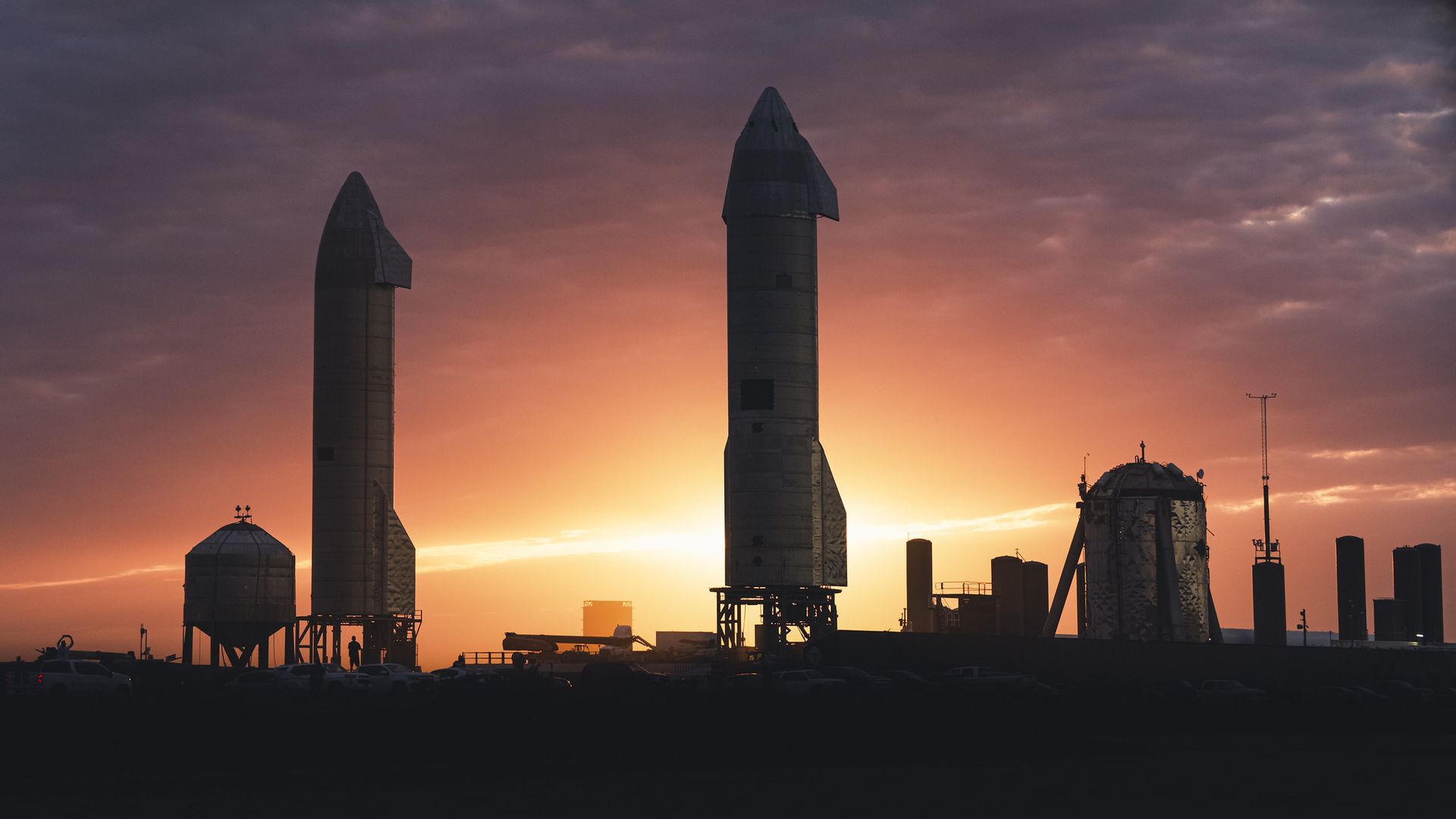
Technical Breakthroughs: The Art and Science of Rocket Reusability
Reusability is deceptively hard. Rockets face intense heat, vibrations, and stresses during launch and reentry. Historically, this meant refurbishing or rebuilding was prohibitively expensive.
SpaceX developed autonomous drone ships and ground-based landing pads where Falcon 9 first stages could touch down safely—a remarkable engineering feat combining precision navigation, real-time telemetry, and powerful landing legs.
The first successful booster landing in December 2015 marked a watershed moment. Since then, boosters have flown multiple missions, slashing launch costs by up to 40%. This technical achievement not only saved money but also proved that spaceflight could be more sustainable and frequent.
Economic Impact: Redefining Space Launch Costs and Markets
SpaceX’s innovations created a ripple effect across the industry:
- Lower Launch Costs: From roughly $60 million per Falcon 9 launch (versus over $150 million for comparable rockets), SpaceX opened the door for more customers.
- Satellite Mega-Constellations: Lower costs enabled ambitious projects like Starlink, which aims to provide global broadband via thousands of small satellites.
- New Markets: Space tourism, space-based manufacturing, and lunar payload delivery gained viability.
Competitors scrambled to match SpaceX’s price-performance ratio, pushing the entire sector toward more efficient and innovative solutions.
Starship: The Next Frontier or Another Dream?
SpaceX’s current flagship, Starship, is poised to revolutionize space travel even further. Designed to be fully reusable and capable of carrying over 100 metric tons to orbit, Starship is central to Musk’s vision for Mars colonization and deep space missions.
- Innovative Design: Stainless steel construction for thermal durability and cost savings.
- Rapid Turnaround: Intended for frequent flights with minimal refurbishment.
- Versatility: Configurable for cargo, crewed missions, and even point-to-point Earth travel.
If successful, Starship could reduce launch costs by an order of magnitude and enable missions previously considered science fiction.
Challenges and Criticisms: Is the Revolution Guaranteed?
Despite its successes, SpaceX faces challenges:
- Technical Risks: Starship’s complexity and scale pose significant engineering hurdles.
- Regulatory Hurdles: Launch approvals, environmental concerns, and space traffic management complicate operations.
- Market Saturation: Satellite constellation business models face regulatory and economic risks.
- Competition: Blue Origin, Rocket Lab, and international players push the boundaries.
The revolution may still be a work in progress, requiring perseverance, innovation, and prudent risk management.
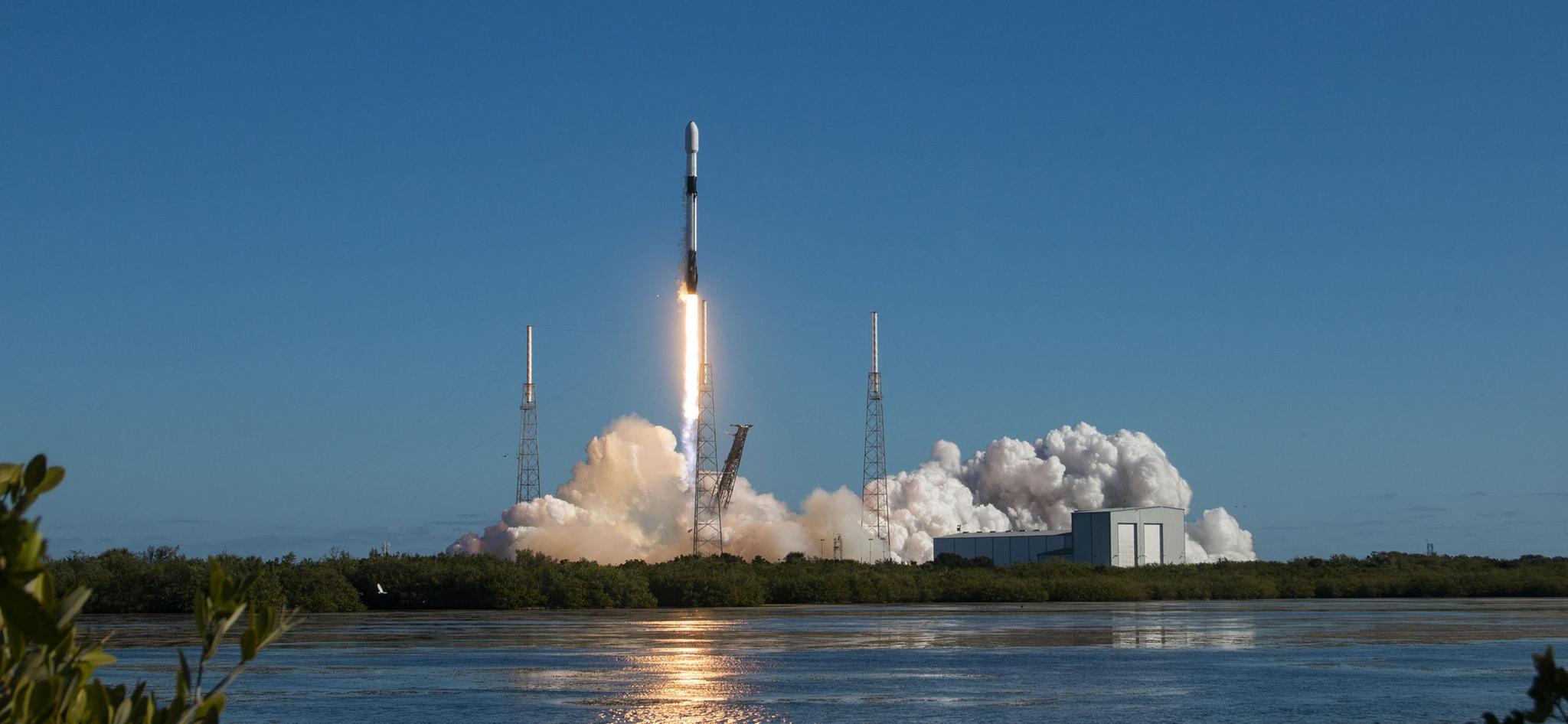
The Human Element: Inspiring a New Generation
Beyond technology and economics, SpaceX has profoundly influenced culture:
- Public Engagement: Launches streamed worldwide, turning spaceflight into mass entertainment.
- STEM Inspiration: Sparking interest in science, technology, engineering, and math.
- Private Sector Empowerment: Encouraging entrepreneurship in aerospace.
SpaceX’s narrative captures imagination, essential for long-term human space endeavors.
Broader Implications: From Earth Orbit to Mars and Beyond
SpaceX’s success fuels ambitions for:
- Mars Colonization: A multiplanetary species is no longer a distant dream.
- Space Economy: Mining, manufacturing, and tourism may flourish.
- International Collaboration and Competition: The space race evolves into a complex geopolitical and economic theater.
If these unfold, SpaceX will be remembered as a pioneer, not just a disruptor.
Conclusion: Game-Changer or Prologue to the Revolution?
SpaceX has undeniably changed the game—democratizing access to space, slashing costs, and inspiring billions. Yet, the real revolution is still unfolding. Starship, interplanetary ambitions, and emerging space economies could transform humanity’s relationship with the cosmos in ways we can scarcely imagine.
Is the revolution coming? It’s already begun—but the best chapters may lie ahead.



















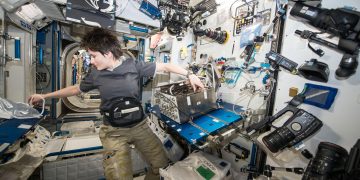














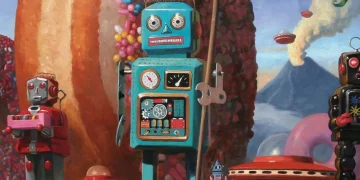


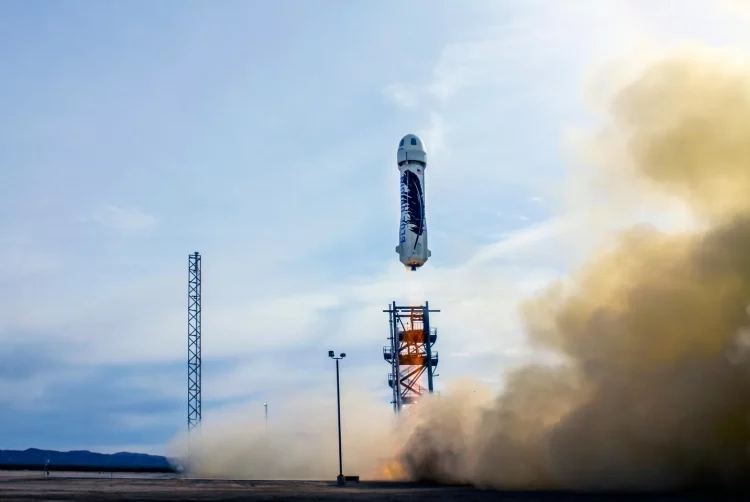












Discussion about this post